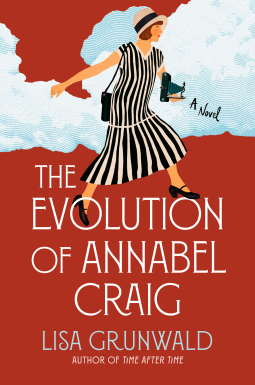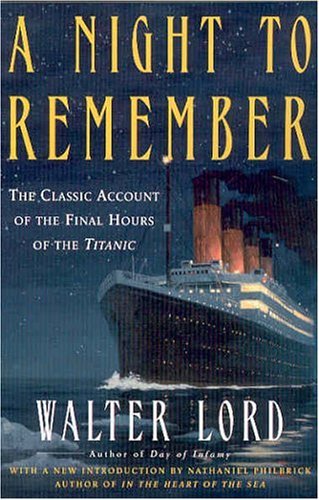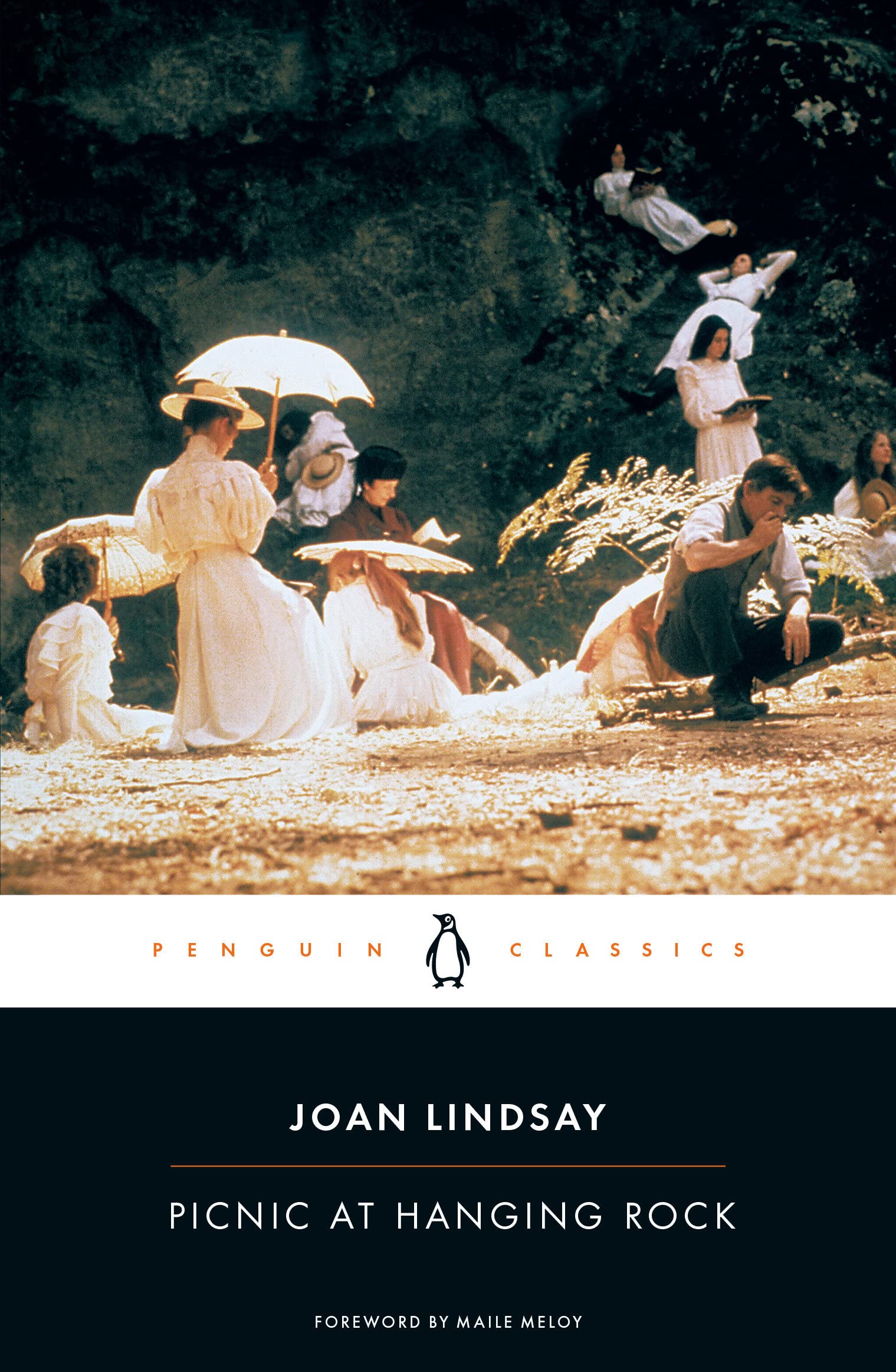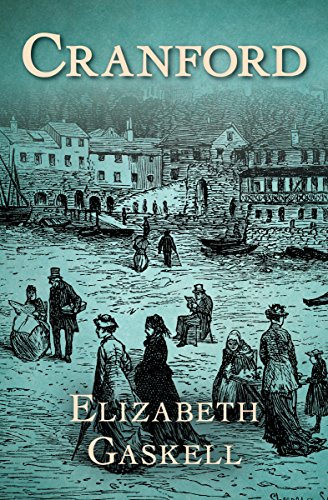Title: The Evolution of Annabel Craig
Author: Lisa Grunwald
Publisher: Random House
Publication date: April 16, 2024
Length: 320 pages
Genre: Historical fiction
Source: Review copy courtesy of the publisher via NetGalley
Rating:
A young Southern woman sets out on a journey of self-discovery as the infamous 1925 Scopes Trial tests her faith and her marriage in this moving novel from the author of Time After Time and The Irresistible Henry House.
“Lisa Grunwald is a national treasure. . . . An essential American story from a master craftsman.”—Adriana Trigiani, New York Times bestselling author of The Good Left Undone
I had never questioned a miracle, witnessed a gunfight, or seen a dead body. . . . I had thought I knew exactly what I wanted and what I didn’t. Before the summer was over, all that and much more would change.
Annabel Hayes—born, baptized, and orphaned in the sleepy conservative town of Dayton, Tennessee—is thrilled to find herself falling quickly and deeply in love with George Craig, a sophisticated attorney newly arrived from Knoxville. But before the end of their first year of marriage, their lives are beset by losses. The strain on their relationship is only intensified when John T. Scopes is arrested for teaching Charles Darwin’s theory of evolution at the local high school.Foreshadowing today’s culture wars, the trial against Scopes is a spectacle unlike any the country has seen. William Jennings Bryan—a revered Southern politician—joins the prosecution, pitting himself and his faith against the renowned defense attorney Clarence Darrow. Journalists descend in a frenzy, thrusting the town and its citizens into the national spotlight. And when George joins the team defending Scopes, Annabel begins to question both her beliefs and her vows.
As the ongoing trial divides neighbor against neighbor, it also divides the Craigs in unexpected ways. But in the midst of these conflicts—one waged in an open courtroom, the other behind closed doors—Annabel will discover that the path to her own evolution begins with the courage to think for herself.
Happy Book Birthday to this wonderful historical novel! The Evolution of Annabel Craig is the story of one woman’s personal awakening (and yes, there are references to The Awakening by Kate Chopin), set in the midst of one of the pivotal societal earthquakes of the early 20th century.
Prior to reading The Evolution of Annabel Craig, I’d had a vague familiarity with the “Scopes Monkey Trial” — I knew it centered around a battle between evolutionists and creationists. Beyond that, though, I didn’t actually know much of anything — not even where the event took place or what the name “Scopes” represented.
In this fascinating novel, Annabel Craig is the readers’ eye and ears in the town of Dayton, Tennessee as their quiet little community gets turned upside down. In 1925, the State of Tennessee passed the Butler Act, making it a criminal offense to teach evolution in public schools. The leading citizens of Dayton realize they had a potential goldmine on their hands — why not challenge the law in their own town, and reap the reward of the inevitable news coverage that would bring them tourism and an economic boom? The town leaders recruit John Scopes, a high school football coach who’d subbed for a science teacher earlier in the year. Since the standard biology textbook included a few pages on Darwin and evolution, Scopes must have taught evolution in the school. The fact that Scopes doesn’t actually remember covering evolution didn’t matter — he agrees to be the town’s test subject, and to be arrested for violating the Butler Act.
Beyond the details of the Scopes trial itself, The Evolution of Annabel Craig is truly Annabel’s story. The daughter of strawberry farmers who were very much in love, Annabel finds herself orphaned as a teen, with only her faith and the kindness of her community to sustain her. A steady churchgoer, Annabel never questions the Bible or her religion, and her belief in God is central to who she is as a person.
When Annabel marries the handsome young lawyer who sweeps her off her feet, she finds partnership and love, even though George isn’t as committed to church attendance as Annabel is, and has even been seen to doze off a time or two. Their perfect marriage begins to show strain after a disastrous court case leaves George distraught, and cracks between the couple start to grow larger.
The tensions are only exacerbated when George is offered a place on the Scopes defense team, where he’ll work alongside the illustrious Clarence Darrow, a well-known agnostic. Annabel can’t understand how George can stand against faith like this, but she also finds herself swept up in the town’s excitement, especially once a journalist — a woman! — is housed with Annabel and George, and once Annabel’s photography hobby shows promise of becoming a profession.
The trial itself is fascinating. I loved the chapters showing the developing split in Dayton, as the devout Christians and the followers of science square off and stake their claims. The arrival of expert witnesses adds another layer of interest, and I particularly enjoyed a brief scene showing Annabel in conversation with a visiting rabbi.
Beyond the historical context and the details of the trial, Annabel’s journey is wonderful, heartbreaking, and empowering. She’s devastated by the breakdown of her marriage, left at sea once she’s forced to question the absolutes she’s been raised to believe, crushed to have close friends turn on her for being on what they see as the wrong side. Through it all, Annabel starts to question her place in the world and to ponder what she truly wants, while also refusing to be cowed into abandoning the faith that’s sustained her.
Author Lisa Grunwald crafts a story that weaves together the personal and political, as we see the unfolding courtroom drama while getting to know a seemingly ordinary woman whose life is much richer and deeper than others might assume. Annabel is a wonderful character, sympathetic and strong, but also very much a flesh-and-blood, flawed person who tries to find the right way forward.
I highly recommend The Evolution of Annabel Craig. The historical details are fascinating, and so are the people — especially Annabel — at the heart of the story. Don’t miss it.
Note: Lisa Grunwald’s previous novel, Time After Time was one of my favorite books of 2020. If you haven’t read it, drop everything and grab a copy! Now I need to explore even more of her books…














